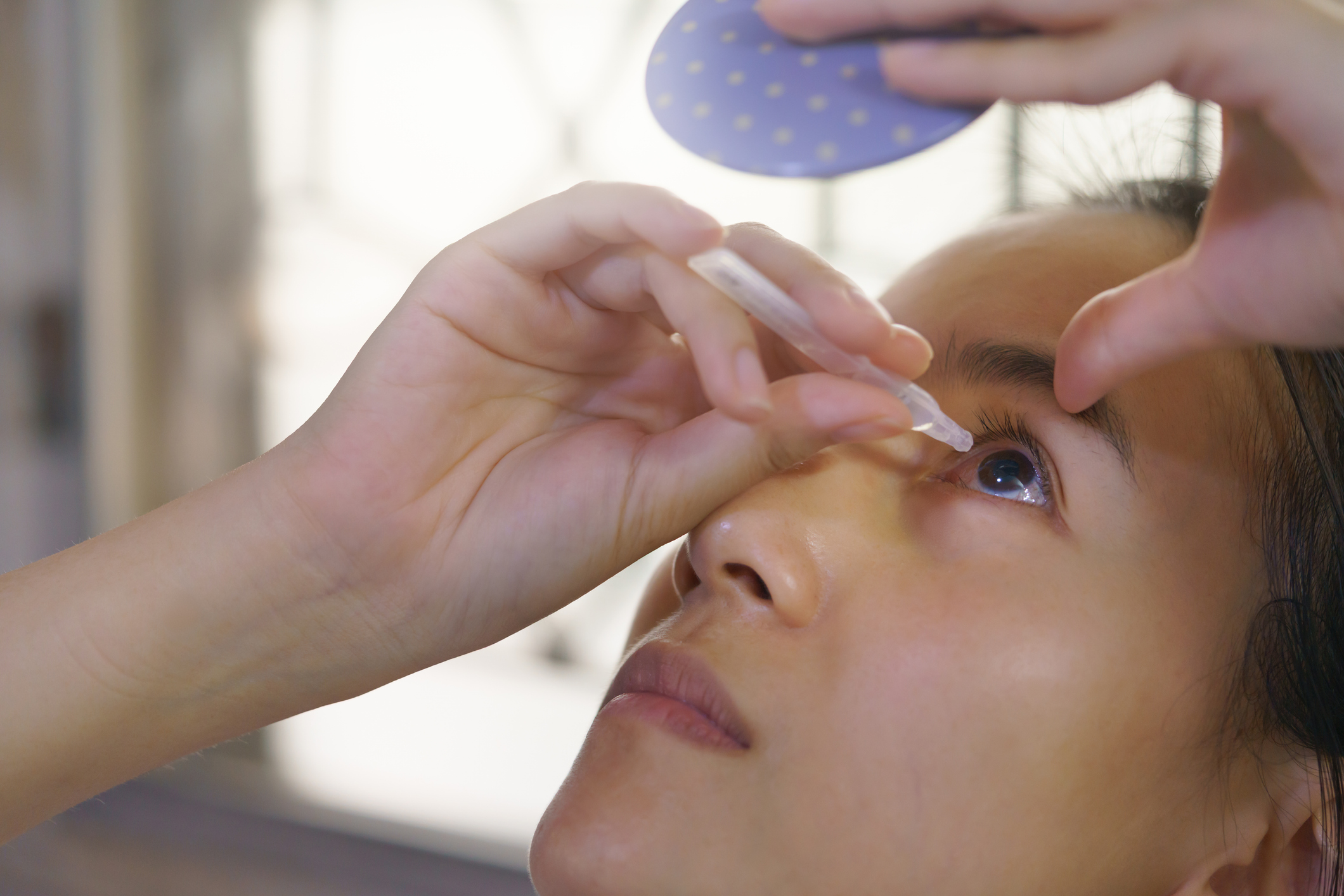The Role of Artificial Tears in Managing Dry Eye Symptoms
Introduction
Dry eye syndrome is a common ocular condition that affects millions of people worldwide. Characterized by a lack of sufficient lubrication and moisture on the surface of the eye, dry eye can cause discomfort, irritation, and vision disturbances. While various treatment options are available, artificial tears play a crucial role in managing dry eye symptoms and improving overall eye health. In this article, we will explore the importance of artificial tears in alleviating dry eye symptoms and enhancing ocular comfort.
Understanding Dry Eye Syndrome
Dry eye syndrome occurs when the eyes do not produce enough tears or when tears evaporate too quickly. This imbalance in tear production and distribution can lead to a range of symptoms, including:
- Dryness
- Redness
- Irritation
- Burning or stinging sensation
- Blurred vision
- Sensitivity to light
The Importance of Artificial Tears
Artificial tears, also known as lubricating eye drops, are designed to mimic the composition of natural tears and provide relief from dry eye symptoms. They work by moisturizing the surface of the eye, reducing inflammation, and improving tear film stability. Artificial tears offer several benefits in the management of dry eye, including:
- Lubrication: Artificial tears help lubricate the surface of the eye, reducing friction and discomfort associated with dryness.
- Hydration: By providing moisture to the ocular surface, artificial tears help maintain proper hydration levels, preventing dryness and irritation.
- Protection: Artificial tears form a protective barrier on the eye, shielding it from environmental irritants such as dust, pollen, and pollutants.
- Comfort: Using artificial tears can alleviate symptoms such as burning, itching, and redness, improving overall eye comfort and quality of life.
Types of Artificial Tears
There are several types of artificial tears available, including:
- Lubricating drops: These provide basic hydration and lubrication for mild to moderate dry eye symptoms.
- Gel or ointment-based drops: Thicker formulations offer longer-lasting relief and are ideal for overnight use.
- Preservative-free drops: These are recommended for individuals with sensitive eyes or those who need to use artificial tears frequently.
- Specialty drops: Some artificial tears contain additional ingredients such as hyaluronic acid or electrolytes to enhance moisture retention and tear film stability.
Tips for Using Artificial Tears
To maximize the effectiveness of artificial tears and minimize potential side effects, consider the following tips:
- Follow your eye care professional’s recommendations regarding the frequency and type of artificial tears to use.
- Use preservative-free drops if you need to use artificial tears frequently or have sensitive eyes.
- Apply drops according to the instructions on the packaging, and avoid touching the tip of the bottle to prevent contamination.
- Store artificial tears at room temperature and discard any expired or contaminated products.
- Consult your eye care professional if you experience persistent or worsening dry eye symptoms despite using artificial tears.
Conclusion
Artificial tears play a vital role in managing dry eye symptoms and promoting ocular health and comfort. By providing lubrication, hydration, and protection to the ocular surface, artificial tears help alleviate discomfort and improve visual clarity for individuals with dry eye syndrome. With a wide range of formulations available, tailored to individual needs and preferences, artificial tears offer a convenient and effective solution for managing dry eye symptoms and enhancing overall eye wellness. Consultation with an eye care professional can help determine the most suitable artificial tear formulation and usage regimen for optimal dry eye management.
World Eye Care Foundation’s eyecare.live brings you the latest information from various industry sources and experts in eye health and vision care. Please consult with your eye care provider for more general information and specific eye conditions. We do not provide any medical advice, suggestions or recommendations in any health conditions.
Commonly Asked Questions
The onset of relief from artificial tears can vary depending on the formulation and individual response. In general, you may experience immediate or gradual relief from dry eye symptoms after application.
Yes, artificial tears are safe for people of all ages, including children and older adults. However, it’s essential to use formulations specifically designed for pediatric or geriatric use and consult with a healthcare professional.
Some people find relief from dry eye symptoms using natural remedies such as warm compresses, omega-3 fatty acid supplements, and increasing dietary intake of water-rich foods like fruits and vegetables.
Yes, artificial tears can provide relief from dry eye symptoms caused by allergies. Look for artificial tears labeled as “allergy relief” or “antihistamine” for added comfort.
If artificial tears alone do not provide adequate relief from dry eye symptoms, consult your eye care professional. They may recommend additional treatments such as prescription medications, punctal plugs, or in-office procedures.
Yes, adopting certain lifestyle changes can help manage dry eye symptoms. These may include staying hydrated, avoiding prolonged screen time, using a humidifier, and practicing good eyelid hygiene.
Yes, artificial tears are compatible with contact lenses and can provide relief from dryness and discomfort associated with contact lens wear. However, it’s essential to use artificial tears specifically formulated for contact lens wearers and follow your eye care professional’s recommendations.
The frequency of artificial tear usage depends on the severity of dry eye symptoms and your eye care professional’s recommendations. Some people may need to use artificial tears several times a day, while others may only require occasional use.
In general, artificial tears are safe to use and have minimal side effects. However, some individuals may experience temporary stinging, blurriness, or irritation after application.
While dry eye syndrome cannot always be cured permanently, it can be effectively managed with various treatments, including artificial tears, lifestyle changes, and medications.
news via inbox
Subscribe here to get latest updates !







